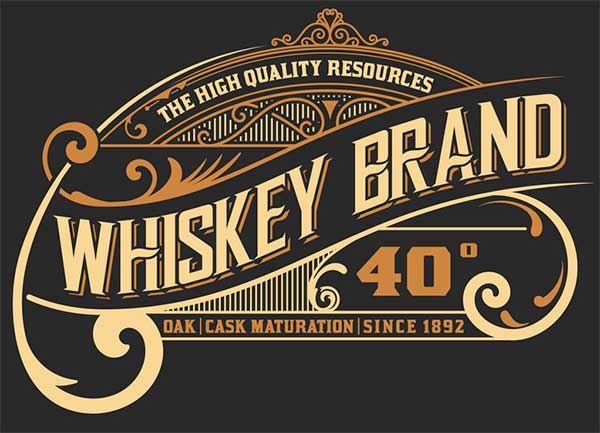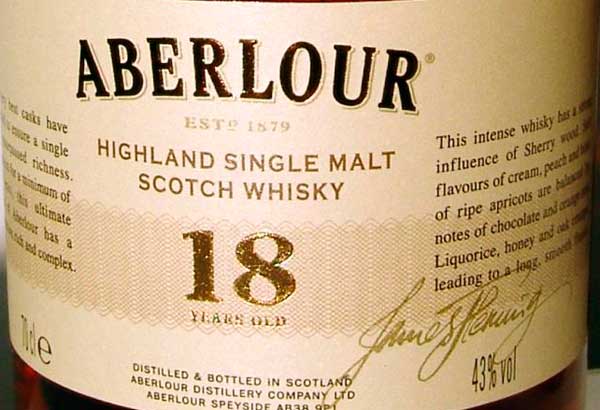If you truly care about what you are about to drink, you most probably read the label of the drink before picking a bottle that will go home with you. Besides having all-time favorites, real whiskey drinkers like to take any opportunity of trying new bottles. This seems to be all fun and games till the drinker comes to the point of differentiating between bottles that may suit his mood and taste. Of course, sales assistants are always there to help you figure out which one meets your needs better but understanding the details yourself is essential (in case of getting a gift let’s say) as well as a great way to start a conversation.

The age of Whiskey
The age of the drink mentioned on the label indicates the amount of years spirit has stayed inside the barrel aging. Actually, there is no set rule on how many years it should stay there to have a perfect taste and smell as it depends pretty much on the climate. When aging in a colder climate, the spirit will need more time spent inside the barrel to have all the reactions taken place inside the barrel and the spirit.
Obviously, we have the opposite case if the aging is being performed in a warmer climate.
When speaking of the age of whiskey, it shall also be taken into consideration whether it’s a blend or single malt. If it’s a blend, remember that the age mentioned on the label is that of the youngest spirit inside the bottle. So, there definitely are some types of spirit older than that.
The barrel
If you have some imagination on how whiskey is produced and aged, you should definitely understand the importance of the oak type. Each type of oak has its individual flavor and smell and very often companies decide to mix the flavors by keeping the spirit in a special barrel for some extra time. This makes the drink particularly special.

The region
Another aspect that shall be attentively studied is the region where whiskey has been produced. Every single detail starting from the mash bill till the water used in the distillery process can add up to the flavor of whiskey. When speaking of the main regions Scotland, Ireland, Canada, Japan, and America shall be separated as the most common ones which, on their turn, have their subsequent regions.
Mash Bill
This is a mix of grains used to make bourbon the most common of which are corn, rye or wheat, and malted barley. If the producer doesn’t know what are the grains used for the mash bill, the spirit has most probably been distilled somewhere else.
There can also be expressions with hazy meanings such as distilled and bottled in:
Generally, depending on the company whiskey may be both distilled and bottled in the same factory or distilled somewhere else, probably by a bigger company. So, if you happen to choose a bottle which has a note on it saying “distilled and bottled in”, or just “distilled in” that means that the stages of aging have been performed in the same factory. If the only sign you find says “bottled in”, it means that only aging and bottling have been done in the factory while the distillation was done somewhere else.
Now, as you know most of what is on the outside of the bottle and can make a good choice on your own, let’s enjoy what is inside the bottle. Cheers!
